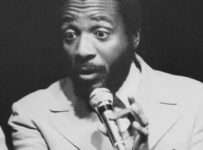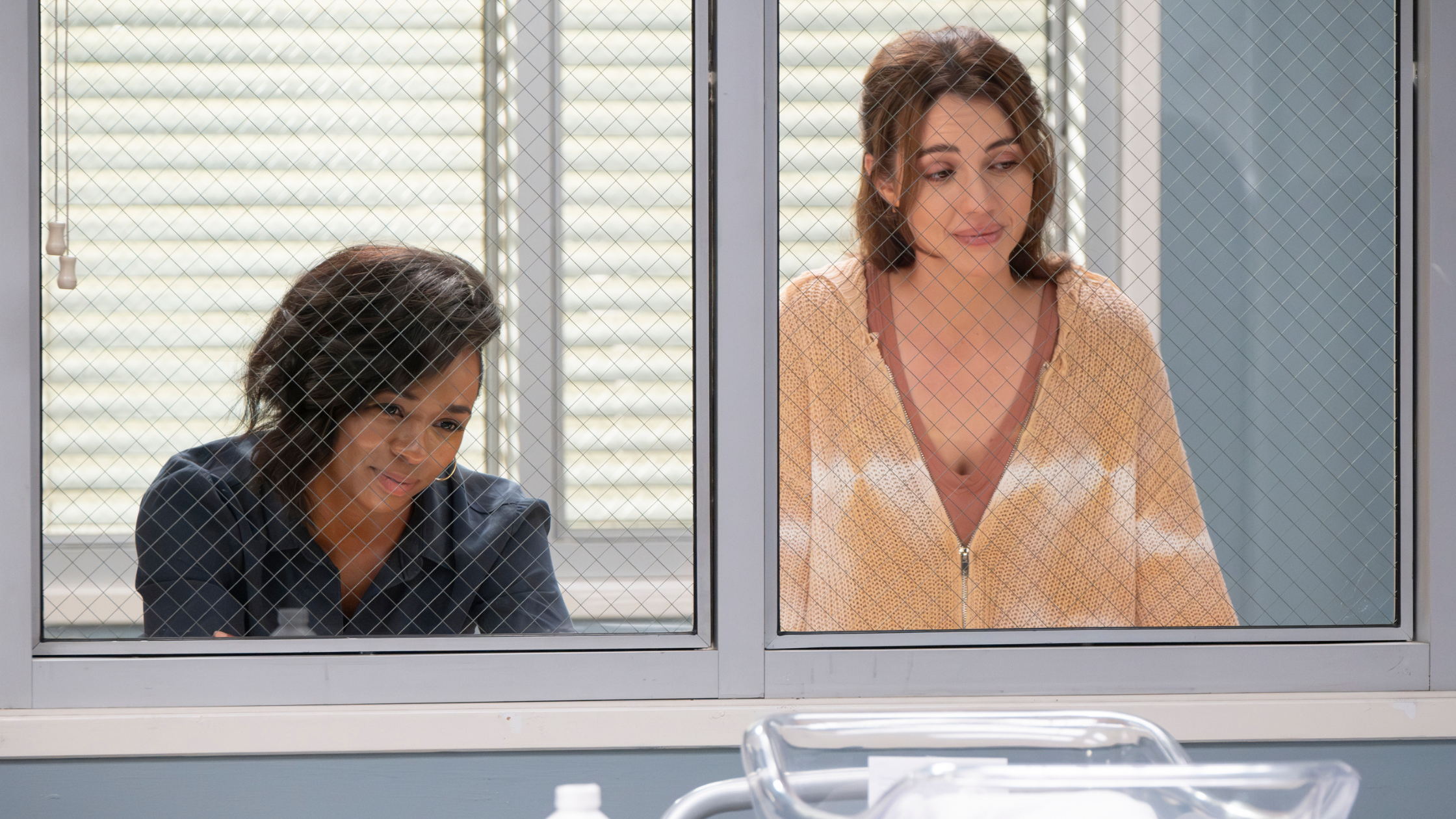The concert footage is courtesy of Hal Tulchin, a television director who documented all six concerts in the hopes of putting it out for public consumption. Despite the Harlem Culture Festival having a major backer in Maxwell House coffee, and an incredible array of Black and brown talent, only two hours of footage saw the light of day on WNEW Channel 5 in New York City. There was just no interest in a concert that was “too Black,” especially during the summer of that much hyped music festival 100 miles north of Harlem. They made a movie out of that one a year later. Meanwhile, 40 hours of this film’s subject faded into obscurity.
Thankfully, Tulchin kept all 47 of the reels he shot in his basement. Almost 50 years later, it was retrieved, cleaned up, and edited to serve as the backbone of “Summer of Soul.” The clips are chosen carefully, not just for the familiarity of the performers but also as context for the backstory Thompson wants to tell. He sets the stage both musically and historically, beginning with the main purpose for the Harlem Culture Festival. Through news and interview footage, we’re reminded of the assassinations of both Kennedys, Malcolm X, and Dr. Martin Luther King, Jr., the last of which set off riots in Newark, Detroit, Atlanta, and Watts in 1968. The next year, to commemorate the anniversary of Dr. King’s death, the Harlem Culture Festival was created.
This explanation made me think of the 1973 concert film, “Wattstax.” In the opening scene, Richard Pryor calls the concert a commemoration of the Watts Uprising. “For over six hours the audience heard, felt, sang, danced and shouted the living word in a soulful expression of the Black Experience,” he tells us. That notion is in such perfect sync with “Summer of Soul”’s tone, timbre, and beats that a double feature should be mandatory viewing. Ironically, “Wattstax” was dubbed “the Black Woodstock” simply because nobody outside of New York had heard of the Harlem Culture Festival. Both films share the Staple Singers and a very young Rev. Jesse Jackson, and contain interviews with people who lived in the neighborhood at the time. Even though Thompson interviewed his subjects in a contemporary timeframe, so little has changed in the struggle that they may as well have been talking to him in 1969.
You can view the original article HERE.
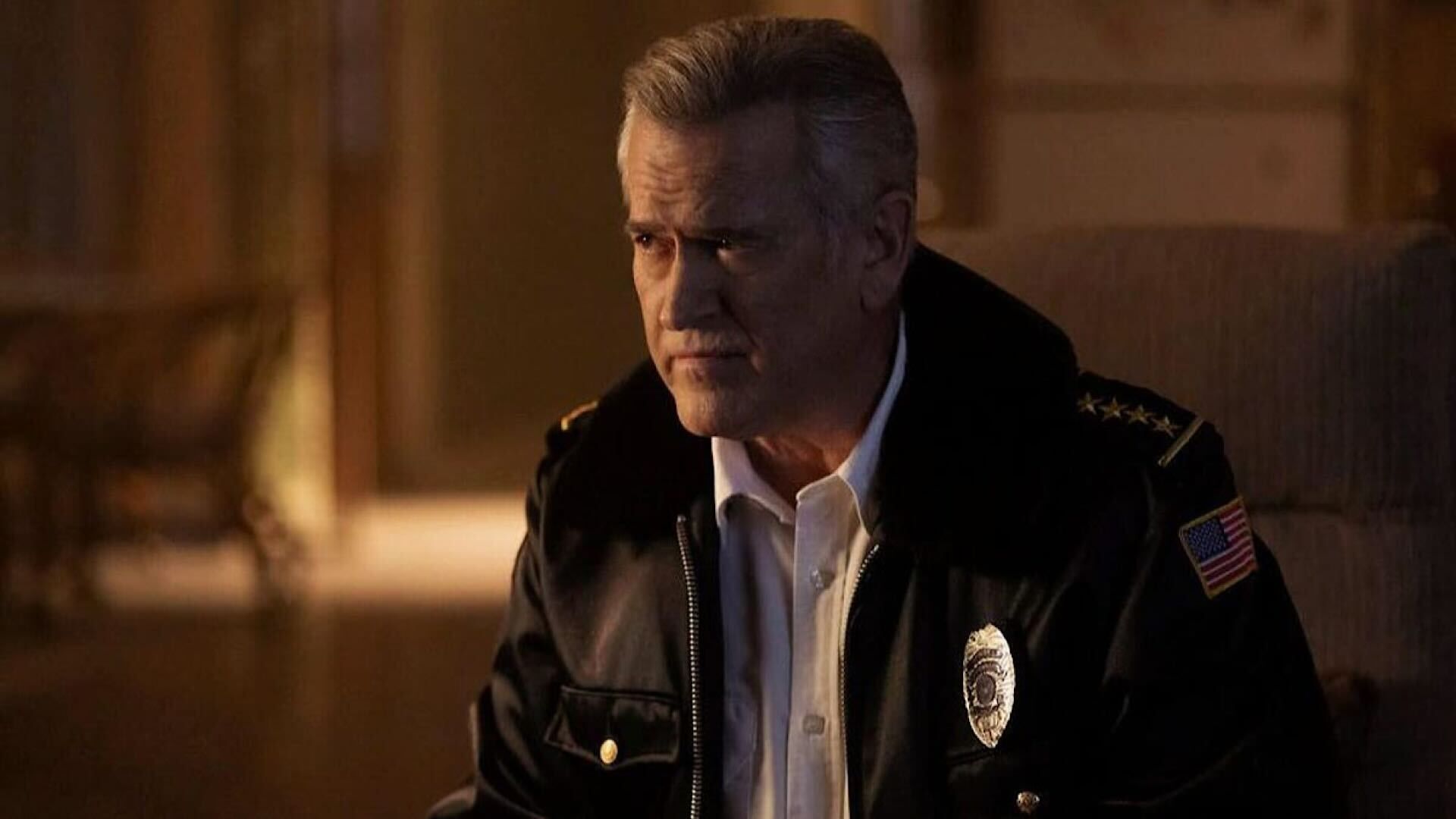



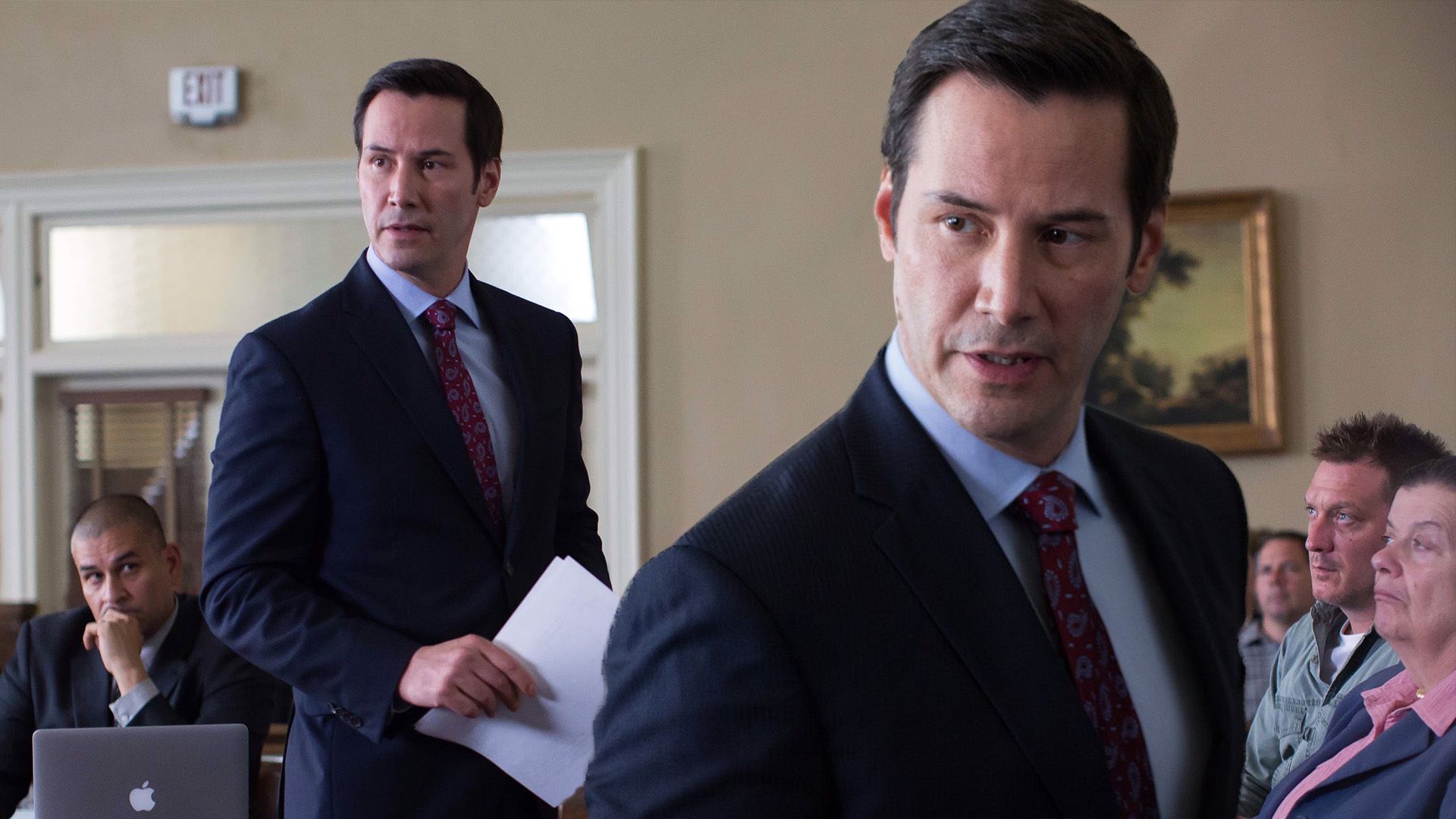



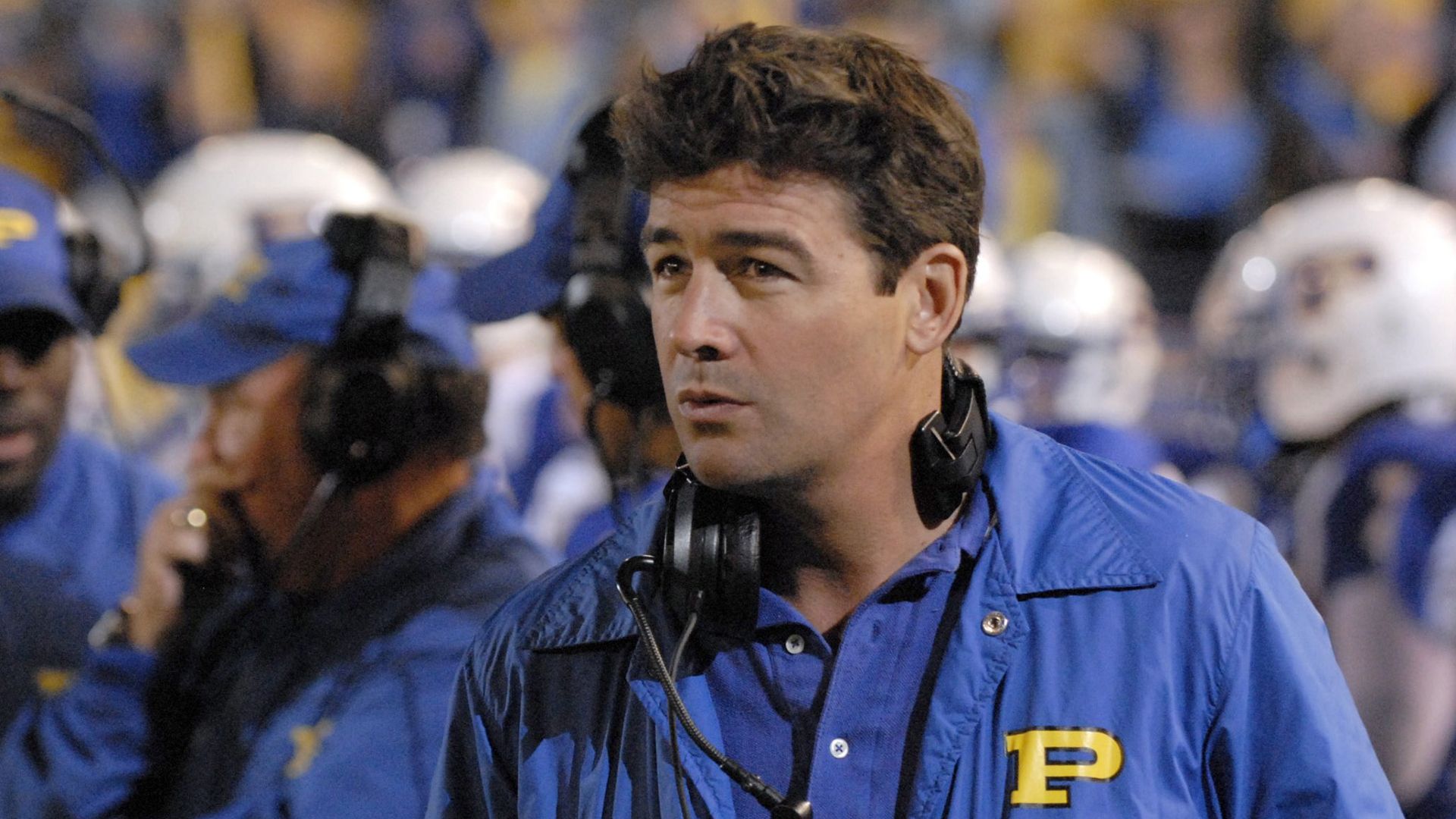





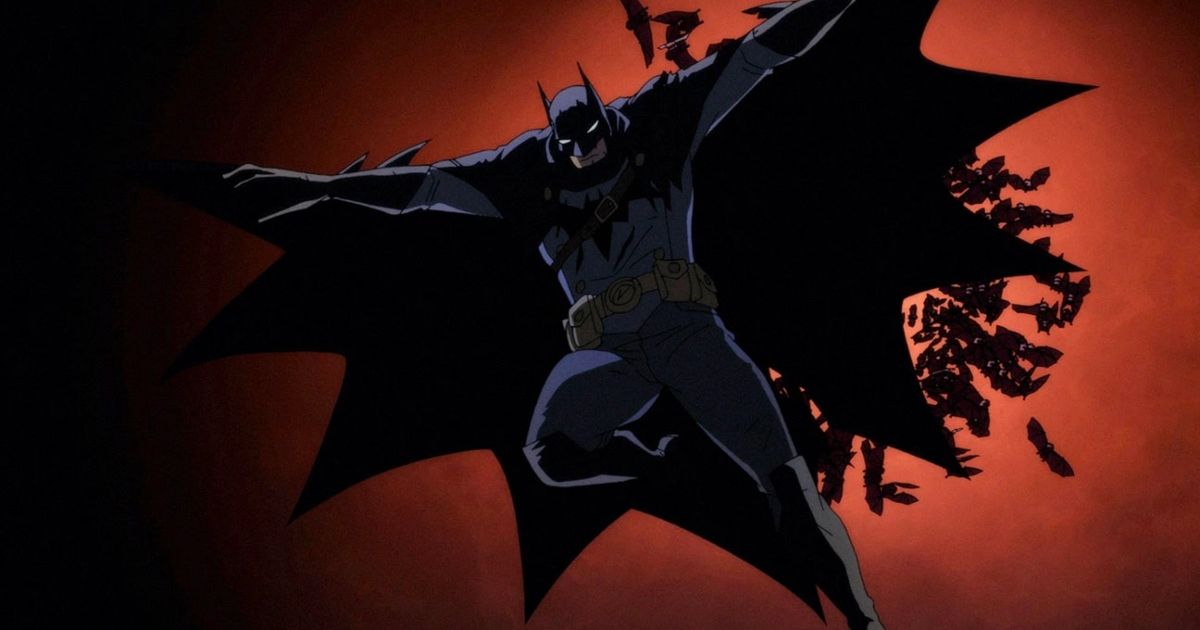
.jpg)
